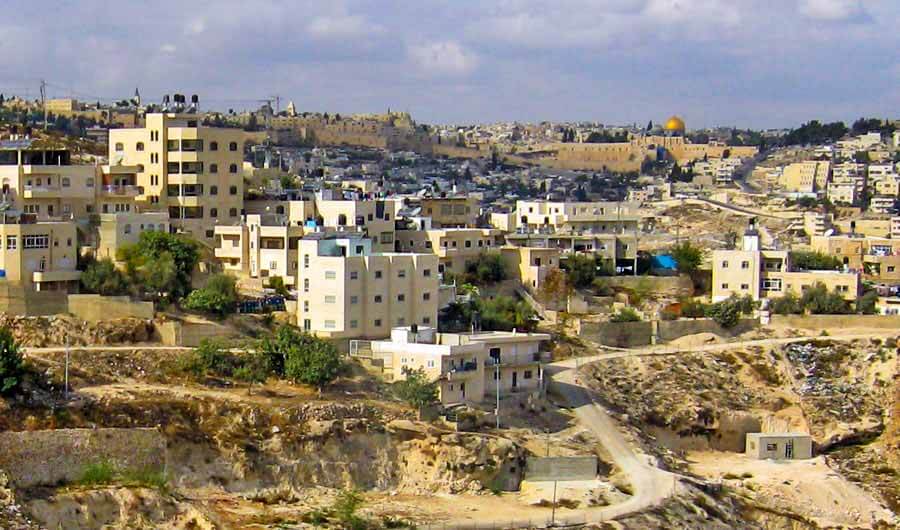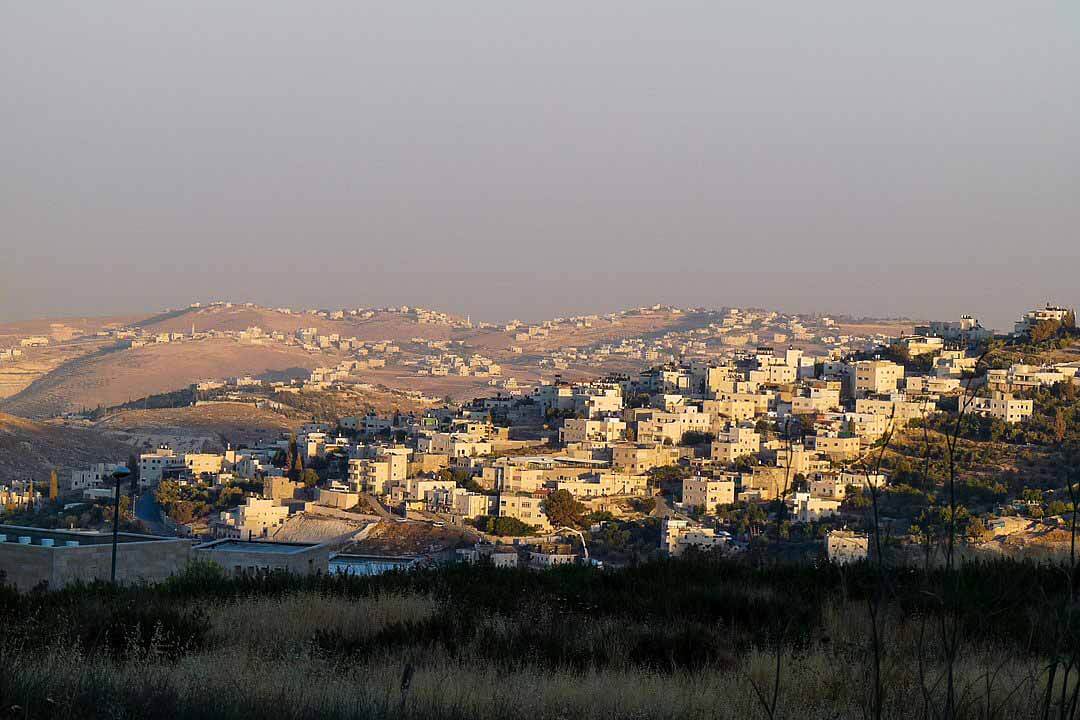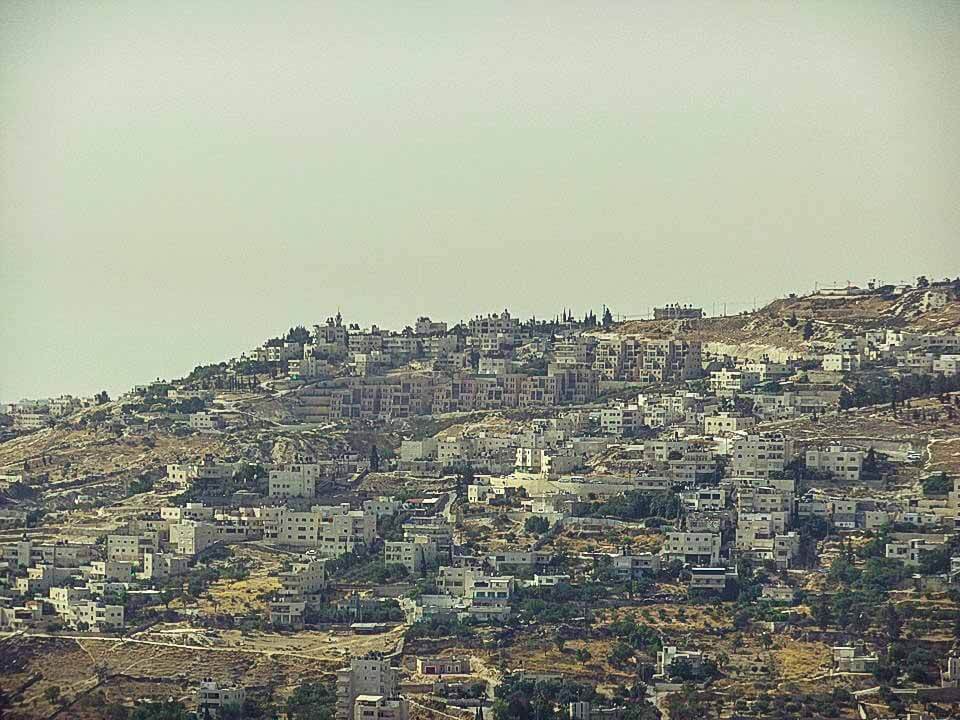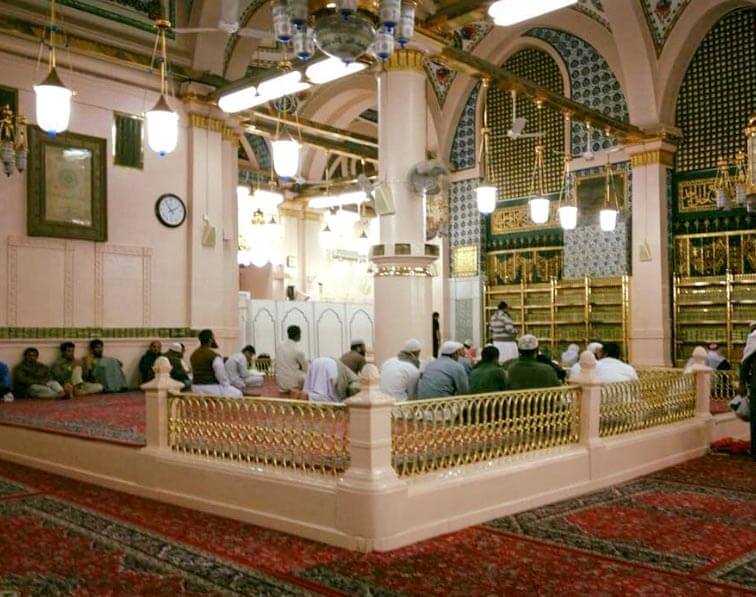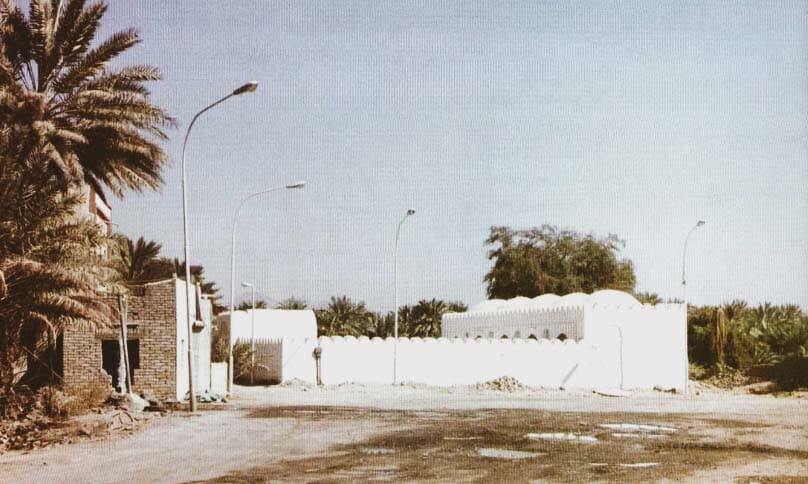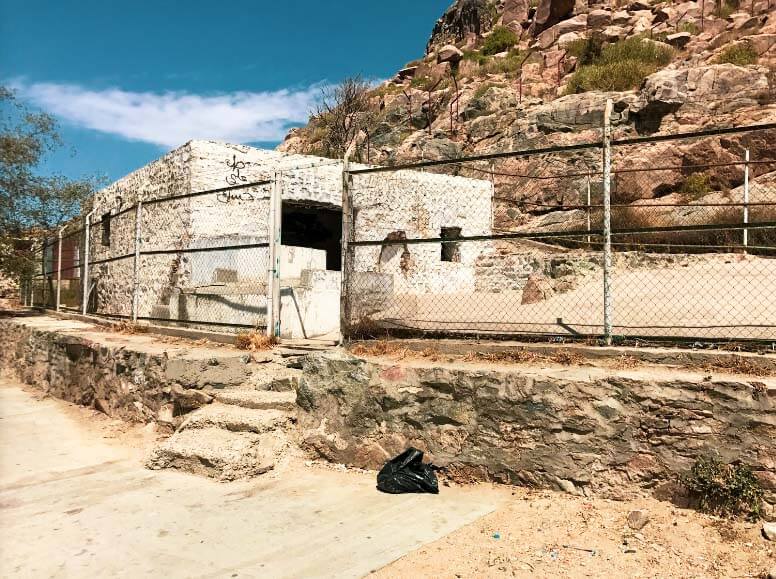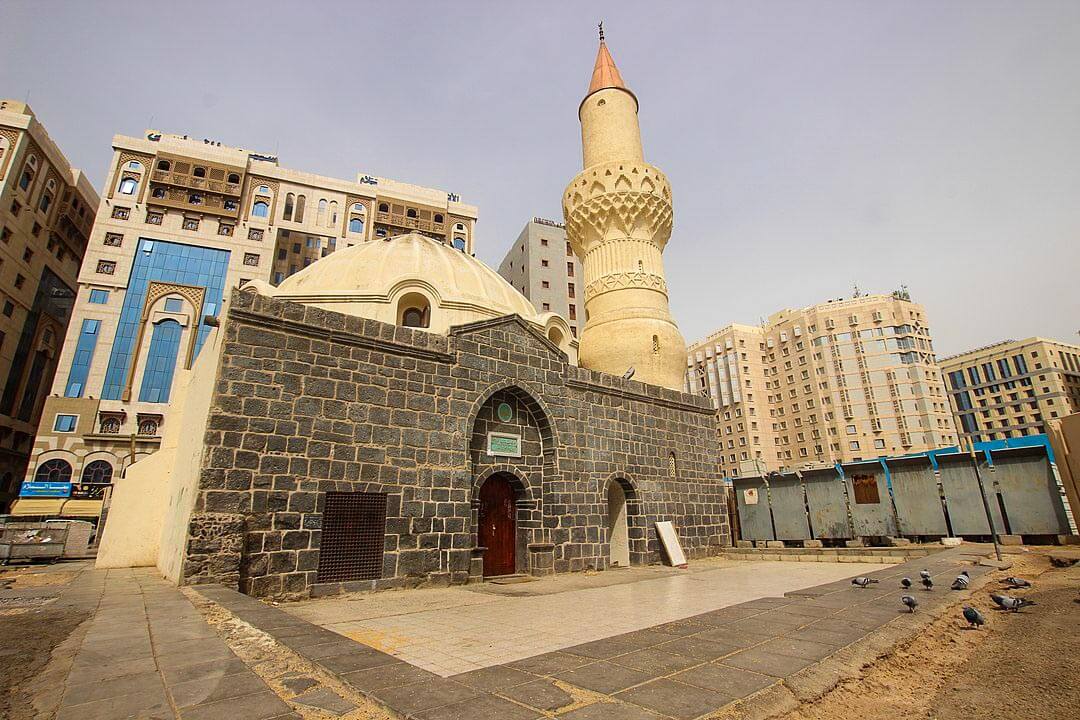Jerusalem, Israel Occupied Palestine
Coordinates: 31.754317, 35.239882
Jabal Mukabbir is a predominantly Palestinian neighborhood in southern East Jerusalem.
According to local legend, Jabel Mukaber is named after Hz. Umar ibn al-Khattab رضي الله عنه, the second caliph of the Rashidun Caliphate, who cried Allahu Akbar at this site after glancing at Jerusalem.
Siege
Jerusalem had been well-fortified after Heraclius recaptured it from the Persians.
After the Byzantine defeat at Yarmouk, Sophronius, the Patriarch of Jerusalem, repaired its defenses. The Muslims had so far not attempted any siege of the city.
After the Battle of Yarmouk, the city was severed from the rest of Syria, and was presumably being prepared for a siege that seemed inevitable.
When the Muslim army reached Jericho, Sophronius collected all the holy relics including the True Cross, and secretly sent them to the coast, to be taken to Constantinople.
The Muslim troops besieged the city some time in November 636.
Instead of relentless assaults on the city, they decided to press on with the siege until the Byzantines ran short of supplies and a bloodless surrender could be negotiated.
Condition of surrender
After a siege of four months, Sophronius offered to surrender the city and pay a jizya (tribute), on condition that the caliph came to Jerusalem to sign the pact and accept the surrender.
It is said that when Sophronius’s terms became known to the Muslims, Hz. Shurahbil ibn Hasana رضي الله عنه, one of the Muslim commanders, suggested that instead of waiting for the caliph to come all the way from Madinah, Hz. Khalid ibn Walid رضي الله عنه should be sent forward as the caliph, as he was very similar in appearance to Hz. Umar رضي الله عنه.
The subterfuge did not work. Possibly, Hz. Khalid رضي الله عنه was too famous in Syria, or there may have been Christian Arabs in the city who had visited Madinah and had seen both Hz. Umar رضي الله عنه and Hz. Khalid رضي الله عنه, remembering the differences.
Consequently, the Patriarch of Jerusalem refused to negotiate. When Hz. Khalid رضي الله عنه reported the failure of this mission, Hz. Abu Ubaidah Hz. Umar رضي الله عنه wrote to caliph Hz. Umar رضي الله عنه about the situation, and invited him to come to Jerusalem to accept the surrender of the city.
Surrender
As he approached the city, his servant became weary, so he ordered his servant to ride the steed while he walked it by the reins.
When they entered Jerusalem, records indicate it very well could have been Easter, the people of the city mistook the servant for the Caliph.
When corrected, they couldn’t believe that this man in tattered and dirty clothes, leading on foot his servant who rode his steed, was the ruler of this new people who were conquering the Persian and Roman Empires, the greatest empires the world had ever seen, with such speed that had never been seen before.
Upon Hz. Umar’s رضي الله عنه arrival in Jerusalem, a pact known as the Umariyya Covenant was composed.
It surrendered the city and gave guarantees of civil and religious liberty to Christians in exchange for jizya.
It was signed by caliph Hz. Umar رضي الله عنه on behalf of the Muslims, and witnessed by many sahabas.
Depending on the sources, in either 637 or in 638, Jerusalem was officially surrendered to the muslims.
For the first time, after almost 500 years of oppressive Roman rule, Jews were once again allowed to live inside Jerusalem.


